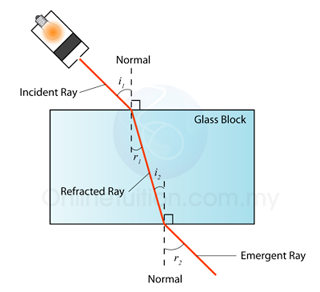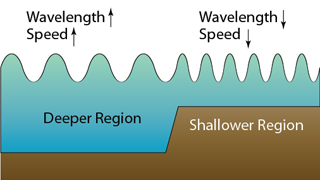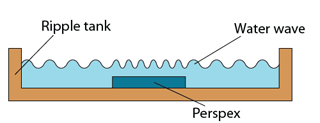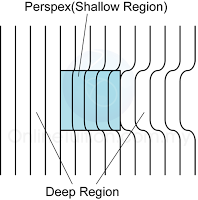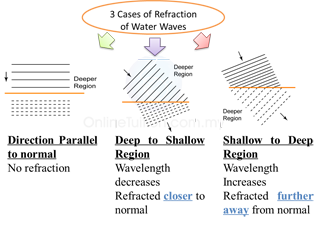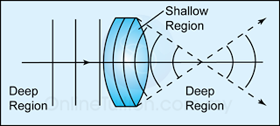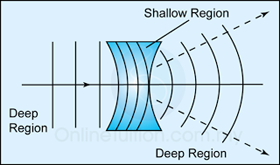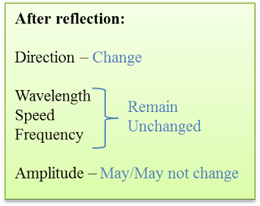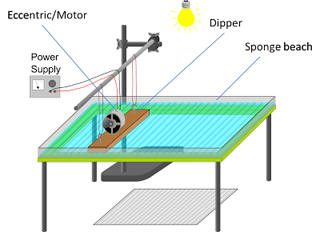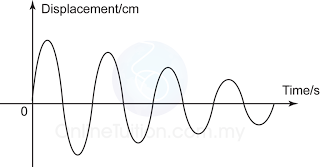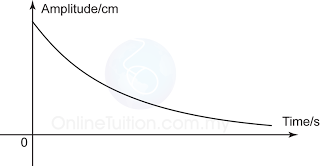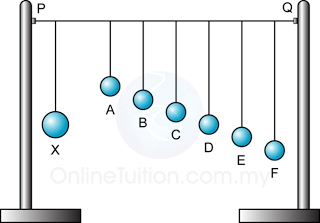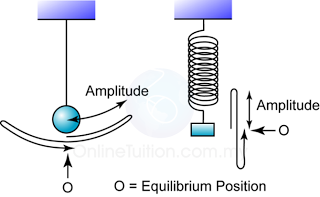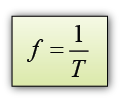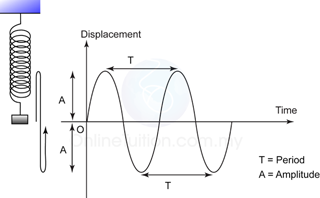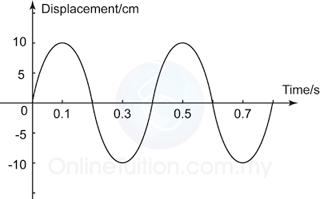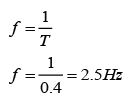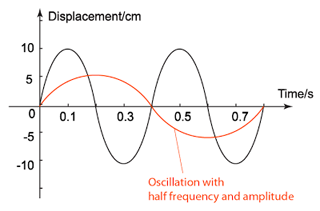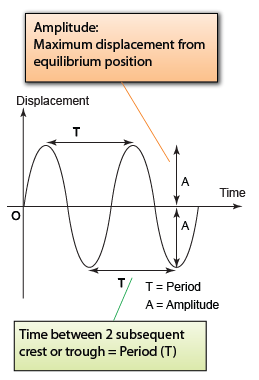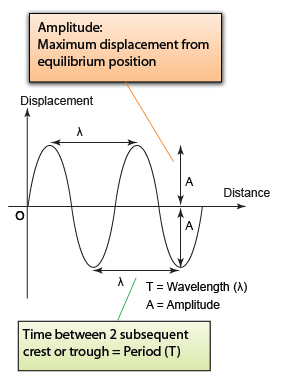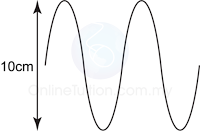Waves can be classified into 2 groups
- transverse wave
- longitudinal wave
Transverse Wave
A transverse wave is a wave where the particles of the medium vibrate in a direction that is perpendicular to the direction of the wave motion.
Example:
Light wave, ripple, radio wave
Longitudinal Wave
A longitudinal wave is a wave where the particles of the medium vibrate in a direction that is parallel to the direction of the wave motion.
Example:
Sound Wave
Transverse Wave – Crest and Trough
- When discussing wave, it’s important to know what is meant by the crest and trough of a wave.
- The point at which the displacement of the water from its normal level is highest called the crest of the wave
- The point at which the displacement of the water from its normal level is lowest called the trough of the wave.
Longitudinal Wave – Compression and Rarefaction
- Unlike transverse wave, longitudinal waves have no crest and trough, instead, they have compression and rarefaction.
- In compression regions of longitudinal waves, wave particles of the medium are packed closer.
- In rarefaction regions, wave particles of the medium are packed further apart.
Finding Wavelength from a Diagram
Transverse Wave
Wavelength is the distance between two successive crest or trough.
Longitudinal Wave
Wavelength is the distance between two successive compression or rarefaction.
Wave front diagram
Wavelength is the distance between two successive wave front
Example 1:
Figure above shows the propagation of a water wave. What is the amplitude of the wave?
Answer:
Amplitude = 10cm/2 = 5cm
Example 2 :
The figure above shows a transverse wave. The wavelength of the wave is equal to
Answer:

Example 3:
The figure above shows the simulation of longitudinal wave by using a slinky spring. What is the wavelength of the wave?
Answer:

Example 4:
The figure above shows the simulation of transverse wave by using a slinky spring. What is the wavelength of the wave?
Answer:

